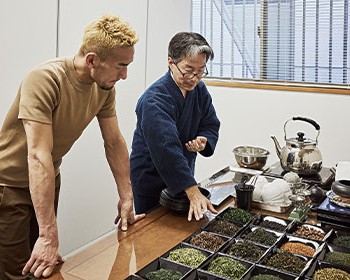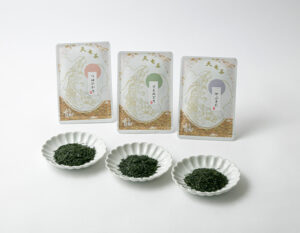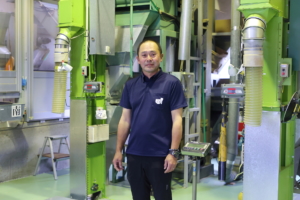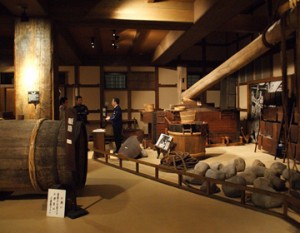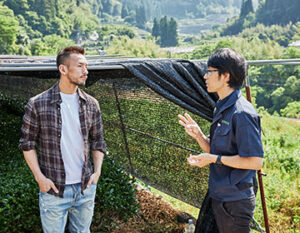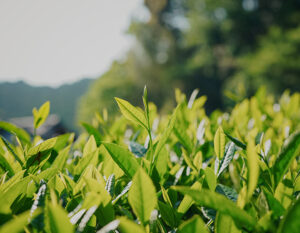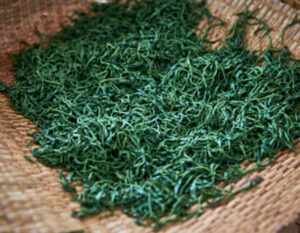Founded about 180 years ago, it opened tea plantations in Kyoto from 1830 to 1843 and
began exporting Japanese tea when the port of Kobe opened.
It is also known for being the first store in Japan to serve coffee in its stores.
It can be said to be the origin of Japanese coffee shop culture.
Kobe Motomachi Dori Shopping Street is a representative of the exotic city of Kobe. The sweet and fragrant aroma of tea wafts through the air. Looking down, you see Houkodo, a long-established Uji tea shop. We asked Mr. Yasuyuki Vinoda, the sixth generation owner of this tea store with a history of about 190 years and one of only 15 people in Japan to hold the title of “tea master 10th dan,” about its history and the secrets behind the tea that has been loved for centuries.
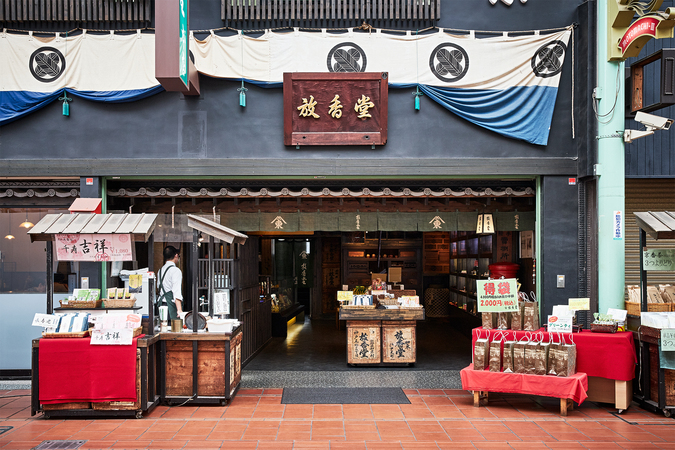
Houkodo, a long-established tea shop with a 190-year history
Houkodo has a long history, having been established about 190 years ago. It began in the Edo period (1830-1843) when Genbei Higashi, the founder, opened his own tea garden in Higashiwazuka Village (present-day Wazuka Town) in Yamashiro Province, the main production area of Uji tea, and began to sell his tea throughout Japan. The tea’s fragrance was highly praised, and in 1858 he became a purveyor to the Matsudaira family, and received the current trade name ” Houkodo,” which means ” to keep the fragrance forever.
Location of the origin of coffee culture
What is interesting about Houkodo is that it was the first company in Japan to import coffee, in addition to its famous teas. After the fall of the Edo shogunate, the company established a base in Kobe and began exporting Japanese teas, importing coffee at the same time. This is even written about in textbooks. In addition to its early involvement in exporting Japanese tea to the rest of the world, Houkodo is truly the originator of Japan’s coffee shop culture. Yasuyuki Vinzuda, a tea master, is the modern-day inheritor of Houkodo’s history.
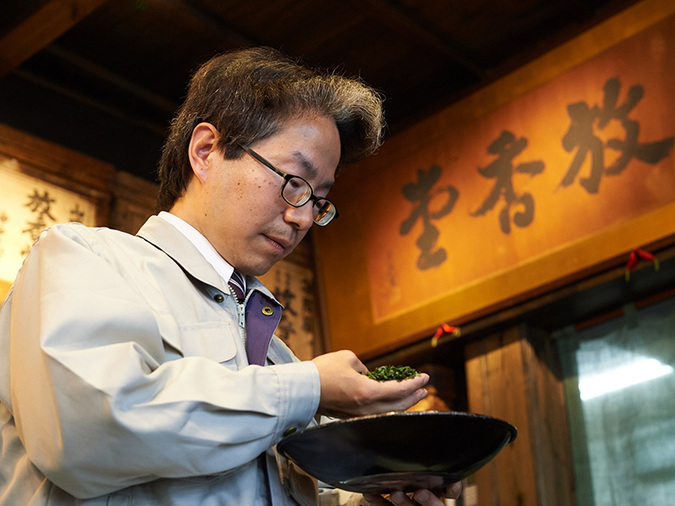
Tea master, Yasuyuki Suda, who succeeded the name “Azuma Genbei,” the sixth generation of the tea masters.
Mr. Kyoyuki Suda, the sixth generation of the tea master “Azuma Genbei,” who inherited the name of the founder “Azuma Genbei” from generation to generation and continues to carry on the history of Hokkodo, is a tea master of Hokkodo, pursuing delicious tea every day using traditional production methods and techniques. On this day, in addition to observing the tea ceremony, Nakata also tried his hand at gougumi. Gogumi is the process of blending teas of different varieties and steaming conditions to create a high-quality, beautiful tea. It is the last process that determines the taste and aroma of the tea we consume, and it is the process in which the tea master’s skill is tested the most. Nakata’s goal is to create “the finest Genmaicha,” which goes well with meals. He blends four or five types of tea leaves while listening to the characteristics of each tea leaf. The result this day was a bright green Genmaicha. It was easy to drink because it was not too rich, but did not lose its aroma.
Originally, a tea master was a person who produced tea. However, tea cannot be drunk simply by plucking the leaves that have grown up. Nowadays, a tea master is a person who has mastered the traditional processes to bring out the best flavor of tea, such as “gougumi,” “hiire,” and “toumi,” in which the leaves are picked and the lighter parts of the tea are sorted out by wind power. The number of people who have mastered the traditional process of extracting umami from tea is 15 in the past 70 years.
There have been 15 in 70 years. What is a Chashi-Judan?
The great thing about Mr. Vinoda is his ability to identify the characteristics of the tea. The National Tea Judging Technique Competition is held only once a year, where tea connoisseurs compete in their ability to appraise tea in four categories: variety, tea season, production area, and aroma. The title ” Chashi Judan ” is given to tea masters who have achieved the most excellent results in this competition and obtained the highest rank of Judan. Mr. Vinoda holds this title. Surprisingly, in the 70 years since the competition began, only 15 people have earned this title.
Therefore, although it is not a national qualification, it is considered a very prestigious title in the industry.
Nakata also tries his hand at goukumi
On this day, in addition to observing, Nakata also tried his hand at gougumi. Gogumi is the process of blending teas of different varieties and steaming conditions to produce a high-quality, beautiful tea. It is the last process that determines the taste and aroma of the tea we consume, and it is the process in which the tea master’s skill is tested the most. Nakata’s goal is to create “the finest Genmaicha,” which goes well with meals. He blends four or five types of tea leaves while listening to the characteristics of each tea leaf. The result this day was a bright green Genmaicha. It is easy to drink because it is not too rich, yet it does not lose its aroma.
Usually, hojicha and genmaicha are made from inferior-grade tea leaves, such as second- and third-grade tea leaves. Nakata dared to blend high-grade tea leaves and powdered green tea to create a tea that is both refreshing to drink and aromatic to enjoy. This was met with instantaneous response to his goal, and the skill of Mr. Vinzuda, who supported him in selecting teas from a vast array of teas to match their characteristics, was nothing short of astonishing.
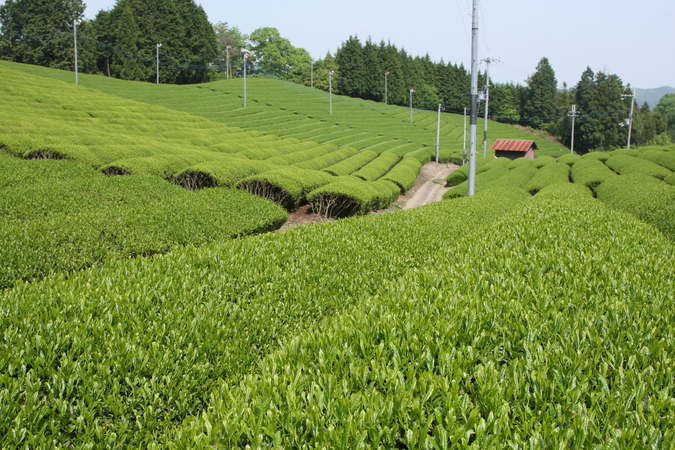
Making tea facing Japanese tea
Houkodo continues to be loved even today, and this is not only due to Mr. Vinzuda’s presence. The company’s own tea garden in Wazuka-cho, Kyoto Prefecture, the main production center of Uji tea, is also a major factor. Mr. Vinegar’s tea master, Mr. Vinegar, uses his advanced tea appraisal skills to identify the characteristics of tea leaves and blends them using traditional techniques and manufacturing methods, and his own tea farm, where he can work on producing delicious Japanese tea, starting from the soil preparation and growing seedlings. This enables him to work as a tea master not only to appraise and blend Japanese teas, but also to “create” Japanese teas from scratch. This is the strength of Houkodo and the reason why its history and traditions have been preserved and loved to this day.
Changing Times and Unchanging Ideas
In recent years, as the times have changed, values regarding “food” have diversified, and various forms of Japanese food culture have emerged. However, for 190 years, Houkodo has maintained the unchanging philosophy of ” tea with a heart of tea. This is a phrase that expresses the idea of ” conveying sincerity by having the customer enjoy the tea we have carefully cultivated ” and is an attitude that Houkodo has cherished since its founding.
In these days, it is difficult to find “sincerity to the other person. Despite such circumstances, Houkodo, which continues to produce the best tea with unchanged passion and preserve Japanese history and traditions, will surely continue to be a tea specialty store loved by Japanese people for a long time to come.
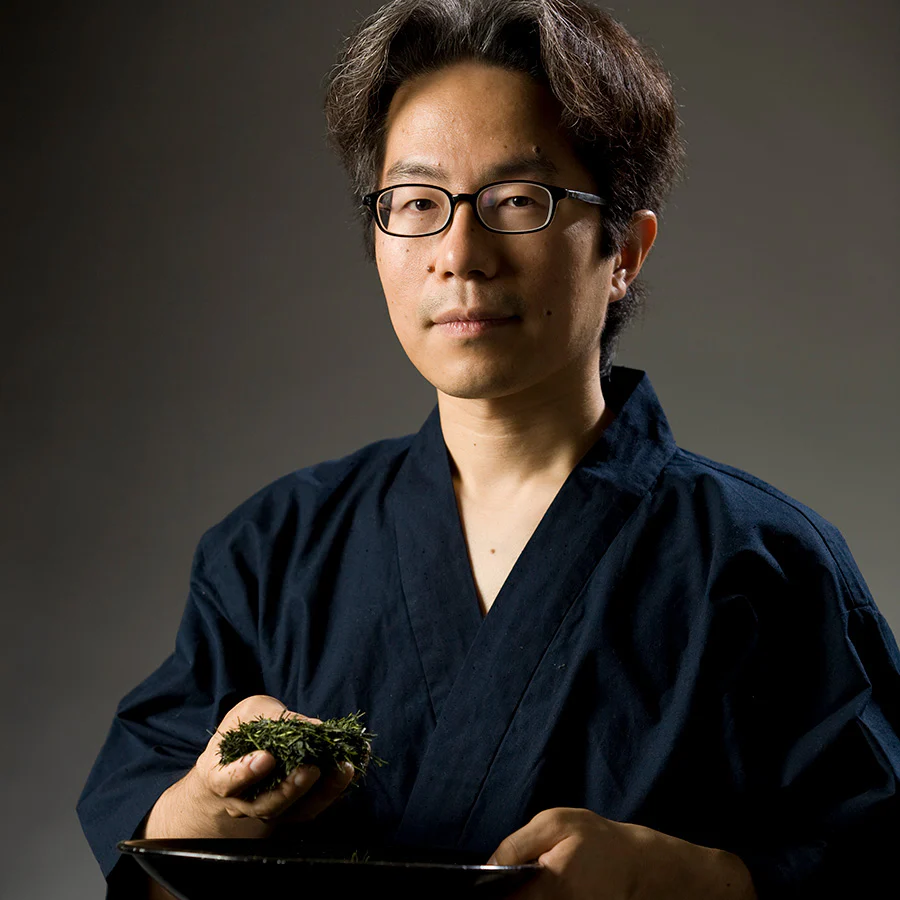
I am in pursuit of “what is good tea. He visits tea fields all over Japan and is involved in soil preparation, fertilizer selection, cultivation, and harvest timing, and conducts repeated research to realize the ideal tea.



